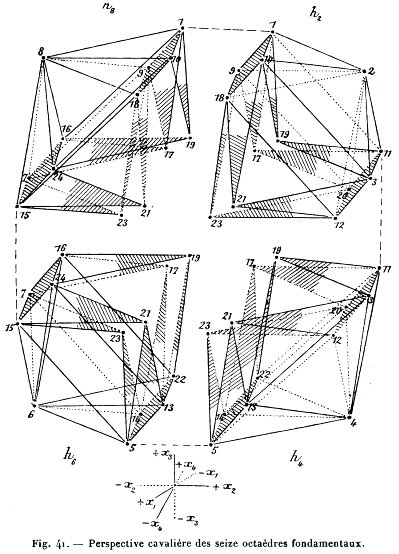Despite the fact that I’m listing off individuals, what I’m really pointing to are specific images of people crystallized in popular culture. Marcus Aurelius was not always the Marcus Aurelius that is remembered by history and popular imaginings. The historical figures, considered this way, are no more real than the most crudely drawn stock character: real people are complex and contain multitudes. Characters – even the most three-dimensional, deep characters – are often the opposite.
Read MoreThere is, however, one generally acknowledged trait of masculinity: there is an inherent connection between masculinity and authority. While it isn’t impossible for a feminine individual to wield authority, in the eyes of most (or the big other), this happens in spite of that person’s femininity, not because of it. With a masculine leader, it’s commonly seen as more congruent.
Read MoreIf it seems like I’m re-weirding heterosexuality, then good. It means I’m doing what I set out to do. If heterosexuality wasn’t already common, I’m not sure we would invent it. That isn’t a judgment of those who experience heterosexual desire, that’s an indictment of our treatment of difference.
Read MoreThere is a concept out there that all of society is predicated upon a socio-sexual hierarchy, and that we all have a place in it. This is a cancerous outgrowth of work done on captive gray wolves. This was first done by Rudolph Schenkel, a researcher at the University of Basel, and was picked up later by L. David Mech, who has tragically had to spend the rest of his career trying to debunk it, in his 1970 book The Wolf.
Read MoreConsider: we think of paper when made by human beings as an artificial substance – a relatively benign one, but artificial nonetheless – but when made by wasps for a nest, the paper is natural. Every building is artificial, but a beaver dam is clearly natural. A tool made by an octopus or a crow feels more “natural” than something made by a human.
Read More




